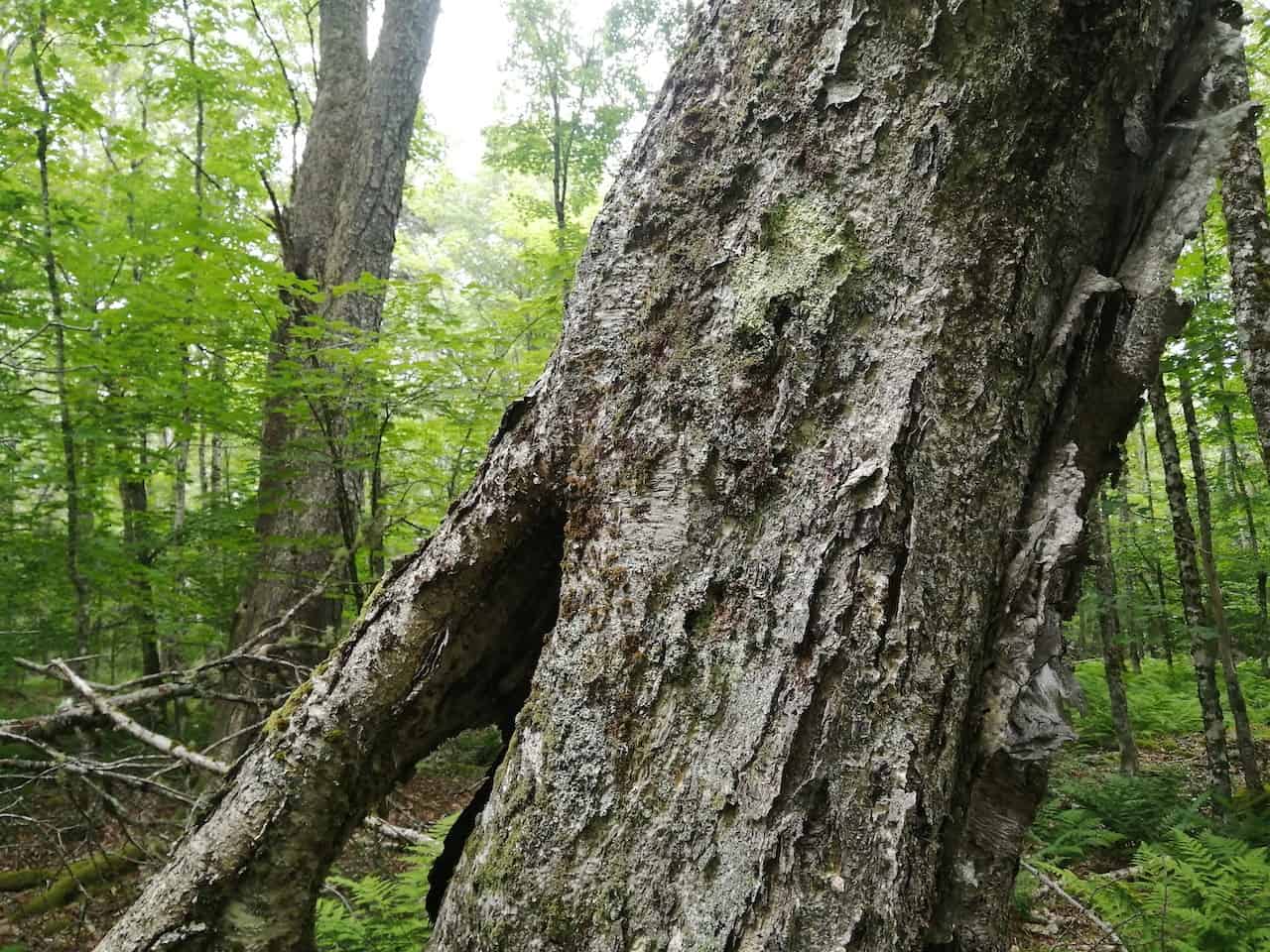
This is the first segment of a two-part article showcasing some of the E.C. Smith Herbarium and Acadia Seed Bank’s contributions to the Irving Biodiversity Collections in 2021.
The K.C. Irving Environmental Science Centre houses the largest biodiversity collection in Atlantic Canada and continued growth of this massive library of biological information is imperative to science and conservation. In 2021, Irving Biodiversity Collections Manager and E.C. Smith Herbarium curator Alain Belliveau and staff spent a combined total of several weeks in the wilds of the Acadian Forest Region and several field visits resulted in exceptionally important biodiversity collections. Staff included Katie King, a third year Biology student and Christie Hagerman, a recent Acadia Biology graduate. Both participated in rare species surveys and in specimen and seed collections. Seed collections, in particular, soared to record levels in 2021 thanks in large part to their efforts. Let’s take a look at some of the most interesting finds and sites from 2021.
Right in our backyard!
In April, a new site for Round-lobed Hepatica (Hepatica americana) was found in Wolfville Ridge just a few minutes from the Centre. A local resident first found it ~30 years ago, but hadn’t realized how important it was until he mentioned it to a Blomidon Naturalist Society naturalist who then shared the location with Herbarium staff. Subsequently, a plant specimen and seeds were collected from the site. Most of the ridge was later surveyed and this species was not seen anywhere else. Described as imperiled to critically imperiled, this early-blooming member of the buttercup family can also be found in the Harriet Irving Botanical Gardens.

A New Species for Nova Scotia
In June, a random walk through the town of Windsor resulted in the observation and collection of Sharpleaf Cancerwort (Kickxia elatine). Native to Europe, this specimen is likely the first and only one for Nova Scotia and it is now housed at the E.C. Smith Herbarium in perpetuity. Finding and documenting species that are new to any region is important for tracking species movement and distribution for conservation and management, and understanding the behaviour of exotic and potentially invasive species.
Old Growth Forests, Rare Orchids and Lichens
In July, staff found unusually large patches of old growth forest in Shelburne County, along with an old growth-associated orchid species, Downy Rattlesnake Plantain (Goodyera pubescens). This latter is the furthest south this species has ever been found in Nova Scotia.

Also in July, herbarium staff surveyed areas around Archibald Lake in Guysborough County, and found pristine old growth deciduous forests, lakes, and bogs. The area was also home to two species at risk, including Blue Felt Lichen (Pectenia plumbea) which is also Nova Scotia’s provincial lichen, and also Canada Warbler (Cardellina canadensis).

Especially with keen and very capable help from Katie and Christie, it was clear by mid-summer that 2021 was already a good year for biodiversity surveys and collections. To learn about what the rest of the summer produced for the crew, keeping reading by clicking here.


 Acadia University
Acadia University

